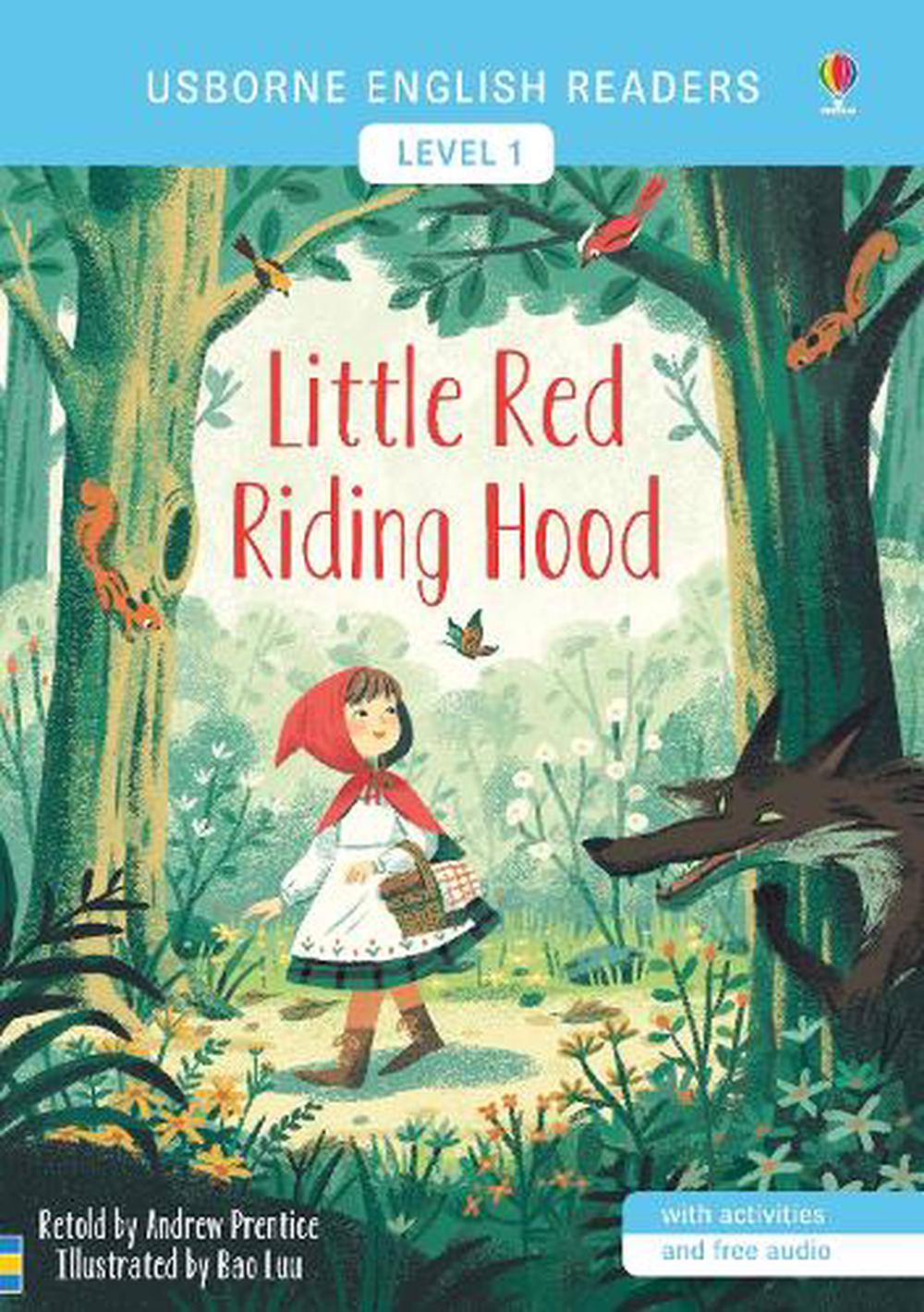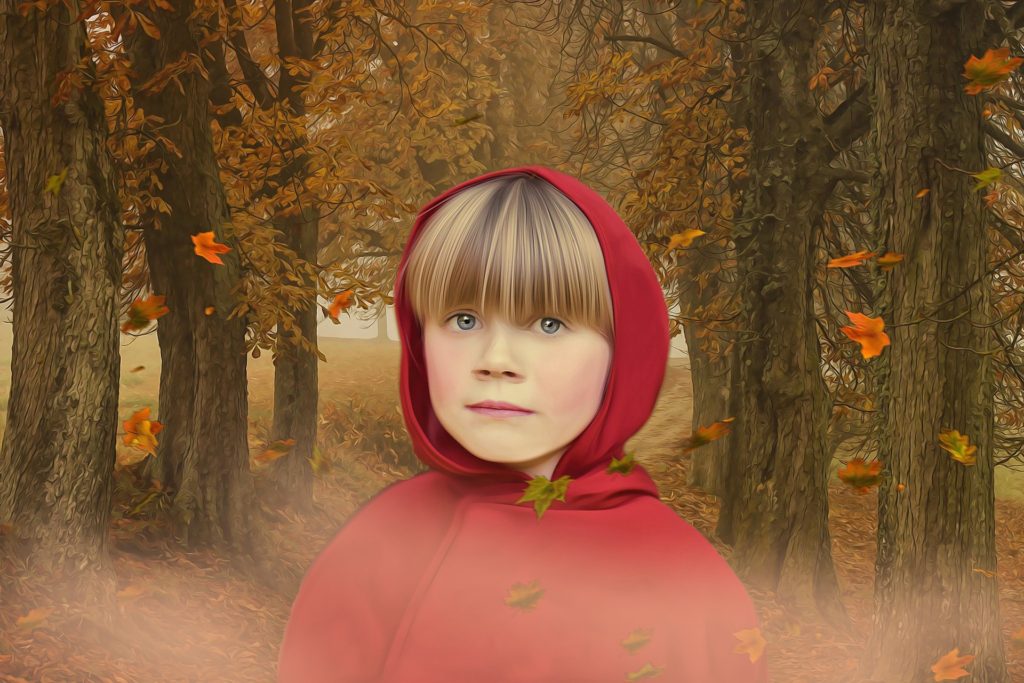

mixed in with several other different versions of the story all clashing together. Once Ever After is a lewd H-Game retelling.The Dark Side of Red Riding Hood lets players re-enact the story with some added Grimmification.
#Little red riding hood series
Sanrio later did another animated adaptation of the story starring My Melody for the 1999 OVA series Hello Kitty's Animation Theater. Originally screened at three theater roads shows in Japan and was part of Sanrio Anime Festival) note My Melody actually started out as the company's version of "Little Red Riding Hood" before becoming its own thing in 1976. My Melody no Akazukin (A 1989 OVA adaptation by Sanrio starring My Melody.Red: The Red Riding Hood Musical (a 2000 stage musical about the fairy tale, and the different variants of it that exist.).A work that borrows any general elements from the story is a Red Riding Hood Replica.Īdaptations or retellings of this fairytale include: note Versions that only borrow certain elements of the story are Red Riding Hood Replica.

The Big Bad Wolf has his own trope, and likely helped to inspire names like the Big Bad, Big Bad Friend, and so on.Also popular are revisionist retellings where Red takes matters into her own hands and kicks some wolf butt she's Little Red Fighting Hood.A little girl who dresses in red and winds up in danger is a common motif she's Little Dead Riding Hood.Such a ubiquitous story is naturally a Fountain of Expies: In the original folktales, no mention was made of any particular article of clothing, let alone its color. This hits the slight problem that Perrault introduced the red cape. This may be closer to the original version of the story, which some scholars believe to be a tale of seduction, with the red cape symbolizing menstruation, and therefore fertility. Ī Homage to this story appears in the song "Hey Little Red Riding Hood" which makes the wolf out as a would-be suitor rather than a vicious animal wanting to consume her for food. The Brothers Grimm version can be read here. note This is usually the conclusion to an alternative story where the Wolf asks Little Red to throw her clothes into the fire and get into Grandma's bed with him, suggesting he has something in mind other than eating her.Ĭharles Perrault version can be read here. French folk versions (such as this one ), which do not feature the red hat, have the heroine deduce the problem before the wolf eats her, and escape by saying she needs to visit the bathroom folklorists believe this is the older version. In Perrault's version, however, the story ends with the girl's death, followed by a moral warning young ladies to beware of "wolves", especially those who are "charming, quiet, unassuming, complacent, and sweet". "All the better to eat you with, my dear!"ĭepending on the version, the girl and her grandmother may be rescued by a passing huntsman or other benefactor, whereupon they may take revenge upon the wolf (in "Rotkäppchen", they fill the wolf's belly with stones) this may be the influence of The Wolf and the Seven Young Kids or similar tales. Red Riding Hood, growing worried, remarks on how unusual her "grandmother" looks: When the little girl arrives, the Big Bad Wolf has dressed himself in the old woman's bedclothes and gotten into bed. Specifically: the wolf takes a shortcut to the grandmother's house, impersonates Little Red Riding Hood, and swallows the grandmother whole. Too innocent to be afraid, she tells him, and they go their separate ways. She does anyway, and is stopped by The Big Bad Wolf, who asks her where she is going. Before she leaves, she is warned not to stray from the path to pick flowers, for there is danger there. In the story, a young girl called Little Red Riding Hood, known by her favourite red hood, goes out into the woods to bring her sick grandmother some good things to eat. The story itself is much older, having been told orally centuries before that, possibly as far back as the 10th Century.

"Little Red Cap") was later published by The Brothers Grimm, which has supplanted Perrault's in the collective consciousness. "Little Red Riding Hood" ("Le Petit Chaperon Rouge") first appeared in print as a story by Charles Perrault another, more optimistic version ("Rotkäppchen" a.k.a. Charles Perrault, coda to "Little Red Riding Hood"


 0 kommentar(er)
0 kommentar(er)
